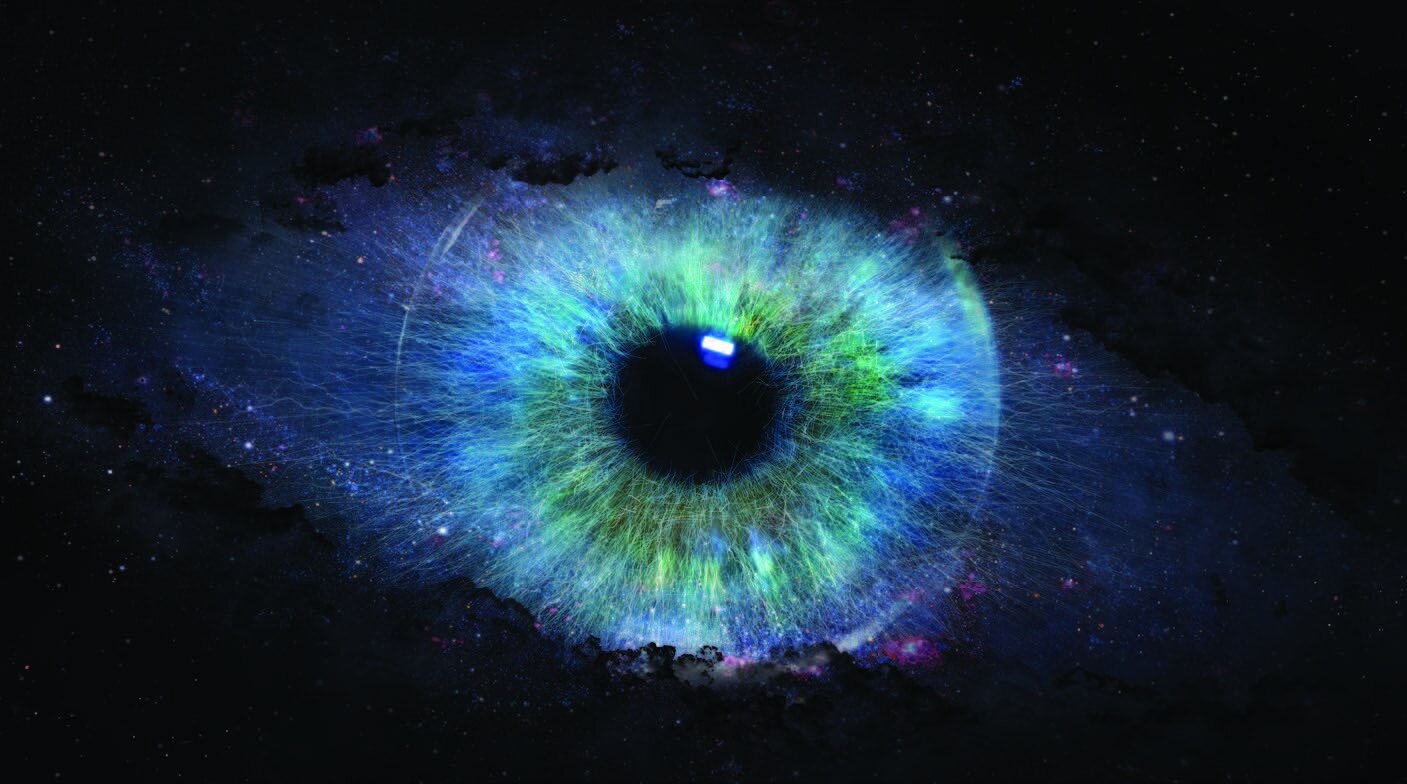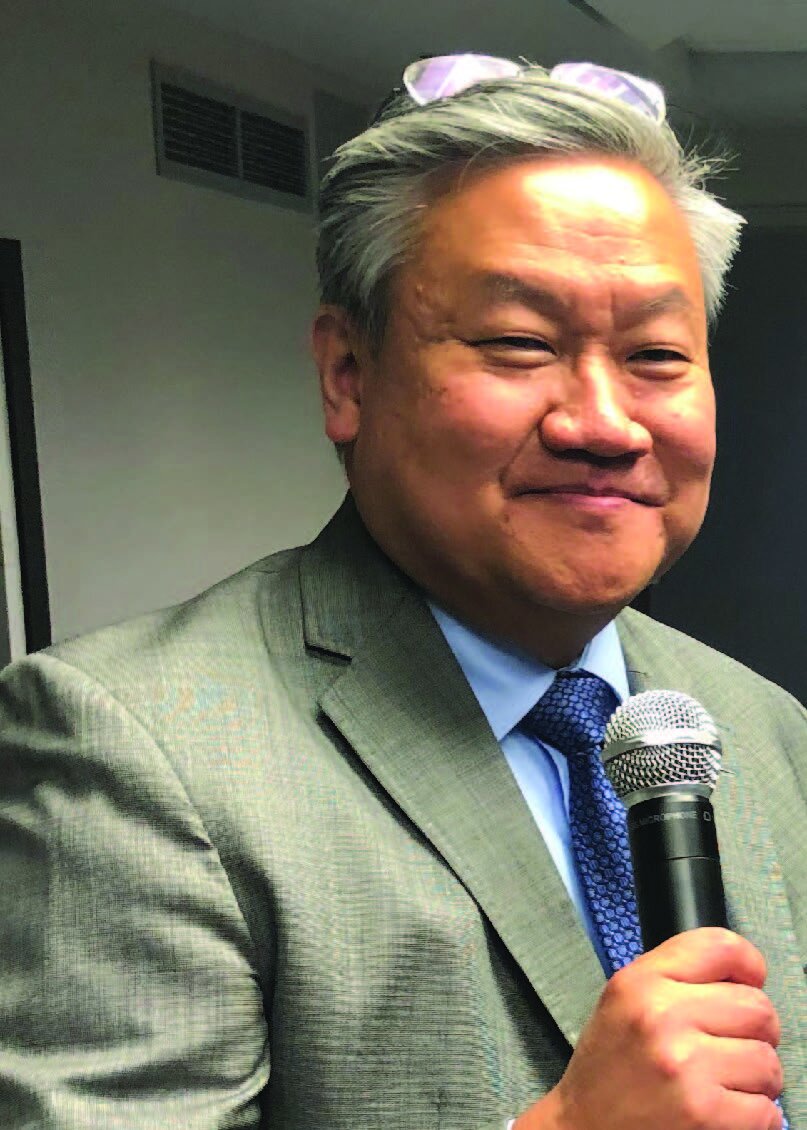Vision of the Future: How Predictive Medicine is Curing Childhood Blindness
When you meet Dr. Tom Lee, Director of the Vision Center at Children’s Hospital, Los Angeles, he’s quick to point out the role of the Knights Templar Eye Foundation (KTEF) in spurring the most important research in pediatric ophthalmology today.
“It’s the only foundation in the entire world that is exclusively devoted to childhood blindness,” he says. “Every major contributor to pediatric ophthalmology has been touched by this foundation. I can’t tell you how important [KTEF] is.”
KTEF is at the center of pediatric ophthalmology. By identifying key areas of research for seed funding, KTEF accelerates research into experimental areas where, over the last few decades, the greatest advances in pediatric ophthalmology have been made. The Knights Templar have launched some of the most important careers in the field, including Dr. Lee’s.
“None of us in the field would be there [without KTEF],” Dr. Lee says. “Everything we’ve been able to accomplish is because of this foundation.”
Understanding this impact is complex. Restoring sight for even one child is a worthy goal in and of itself (if you’ve ever seen the video of a young girl running jubilantly around exclaiming, “I can see in the dark! I can see in the dark!” then you know what I mean)[1] but curing childhood blindness doesn’t just help the blind. Preventing blindness early on impacts society as well. We’re a visual society: Everything we do – from watching Netflix to reading this article in the Knight Templar – overemphasizes sight as a primary means of accessing information. As a result, it’s no surprise that 35% of blind students drop out of high school. More than half of blind people are unemployed (55%) and those that find work are frequently chronically underemployed: The average salary of a blind person is under $22,000. As a result, Dr. Lee estimates a lifetime cost to society of between $800,000 and $1 million for each blind person, realized in lost earnings, taxes, and the opportunity cost of needed care (often a family member takes time to provide care for blind relatives, for example). When you consider that 85% of childhood blindness is preventable, the impact of Dr. Lee’s work comes into focus.
There are many types of disease and congenital problems that contribute to childhood blindness. Dr. Lee and his team have dedicated their careers – each initiated by KTEF starter grants over the decades – to solving several of them.
Dr. Tom Lee, a member of the Scientific Advisory Committee for the Knight Templar Eye Foundation, is busy curing childhood blindness with his team of the Vision Center at Children’s Hospital Los Angeles.
One project of Dr. Lee’s team at Children’s Hospital in Los Angeles substitutes genes in retinas of children having rare mutations that create blindness. A few years ago, the author of this column experienced firsthand the results of this work – a friend and Sir Knight, Darren Klinefelter’s, daughter was born with a rare mutation. Her vision was 20/2,500, and declining. She was born legally blind, able to distinguish only shapes and shadows. She was set to become completely blind as a teenager. However, after this treatment at Children’s Hospital, Livie now tends goal for her soccer team, BC United. She has a blue belt in karate. It’s an incredible thing to witness – a miracle.
“I couldn’t play outside after dusk,” she told a group at the Foundation for Fighting Blindness in July. “After my surgery I started seeing butterflies and birds…I am now at a fifth-grade reading level, where I should be. I now have 20/60 vision and am a member of a competitive soccer team.”
Four years ago, the procedure involved positioning engineered viruses to insert genetic sequences into the retina in vivo and essentially reprogram the patient’s retinal cells. Cellular division thereafter repaired the mutation, and the retinas were restored. Even four years ago, this was cutting edge. But things have been changing fast. Now a whole new field is opening up: using white blood cells from a patient’s blood, Dr. Lee’s team is now able to grow duplicate retinas in vitro and then, through a biochemical process, tailor an individualized enzyme for transcription in the patient’s eyes that will substitute the single mis-sequenced base in the gene that creates the mutation. This is known as “ocular disease focused exome sequencing.” It replaces a single molecule in the genetic code rather than a whole gene.
Olivia “Livie” Klinefelter, (left) sharing her story with the Foundation for Fighting Blindness and (right) tending goal for her soccer team, BC United.
By growing duplicate retinas in vitro, the procedure is testable over shorter timeframes to tweak the medicine for a specific patient. Then, when statistically maximized, it can be used to optimal effect.
The era of bespoke medicine has begun. And this procedure does not require embryonic stem cells – simple white blood cells are harvested from a standard blood sample. These cells are placed in a sort of cytoplasmic soup wherein, stimulated with the right biochemistry, protein synthesis assembles a genetic replica of the patient’s retina. Once grown over a period of a few weeks, the base editing can be initiated by engineered enzymes capable of resequencing the mis-sense strand of DNA. Then, when the DNA is transcribed by mRNA, the base sequences are corrected, and the aberrant protein structures are avoided. A healthy retina results.
So far, Children’s Hospital Los Angeles has 227 children with genetic ocular disorders; of these, 114 have had their mutations already identified. Customized treatment is the next step.
In the future, this type of procedure may individualize medicine in astounding ways. Imagine bespoke medicine that can cure cancer, Alzheimer’s, Parkinson’s, really any cellular deformity corrected by restoring mis-sense DNA in the body. It’s remarkable. And it’s progressing fast.
At the annual meeting of the KTEF in August this year, your Board voted to continue funding this exciting research in predictive medicine.
It’s all possible because of your donations.
Ben Williams
Trustee of the Knights Templar Eye Foundation
[1] You can watch the video here: https://vimeo.com/591006151




